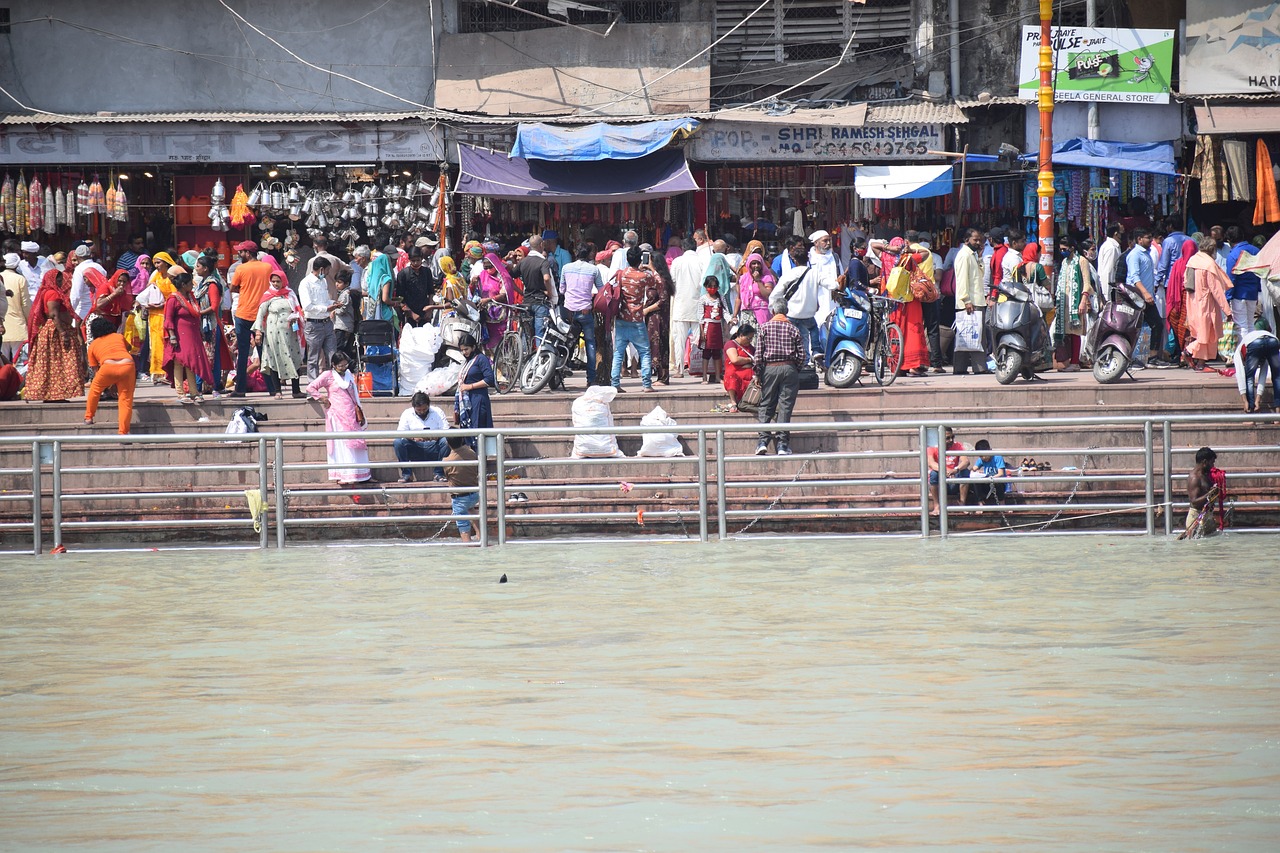The Environmental Impact of the Kumbha Mela: Challenges and Solutions

The Kumbha Mela is a massive cultural and religious celebration that takes place in India every few years. It attracts millions of people from all over the world and is a major tourist attraction. While the Kumbha Mela is a deeply meaningful and transformative event for many people, it also has a significant environmental impact.
The Environmental Challenges of the Kumbha Mela
The Kumbha Mela is a massive event that attracts millions of people, and managing such a large gathering presents significant environmental challenges. One of the main concerns is the amount of waste generated by the event, which can include everything from plastic bottles and packaging to food waste and human waste. Disposing of this waste in an environmentally responsible manner is a major challenge, especially given the large crowds and the limited infrastructure in place.
Another environmental challenge of the Kumbha Mela is the impact of the large numbers of people on the local ecosystem. With millions of people in attendance, there is a risk of overuse of local resources such as water and firewood, as well as damage to the local flora and fauna.
Efforts to Minimize the Environmental Impact of the Kumbha Mela
Despite the environmental challenges of the Kumbha Mela, there are a number of efforts being made to minimize the event’s impact on the environment. One of the main strategies is to promote the use of eco-friendly alternatives to traditional products and practices. This may include the use of biodegradable products such as biodegradable food containers and utensils, as well as the use of alternative energy sources such as solar power.
Another strategy being implemented is the use of waste segregation and management systems to reduce the amount of waste generated by the event. This may include the use of composting and recycling facilities to reduce the amount of waste that ends up in landfills.
In addition, efforts are being made to minimize the impact of the large crowds on the local ecosystem. This may include the implementation of water conservation measures, such as the use of water-saving appliances and the promotion of water-efficient practices. Efforts are also being made to preserve local flora and fauna, such as by establishing protected areas and promoting eco-tourism.
The Kumbha Mela is a massive cultural and religious celebration that attracts millions of people from all over the world. While it is a deeply meaningful and transformative event for many people, it also has a significant environmental impact.
However, efforts are being made to minimize this impact through the promotion of eco-friendly alternatives, waste segregation and management systems, and efforts to minimize the impact on the local ecosystem. By working together, we can ensure that the Kumbha Mela is a celebration that is both meaningful and environmentally responsible.





